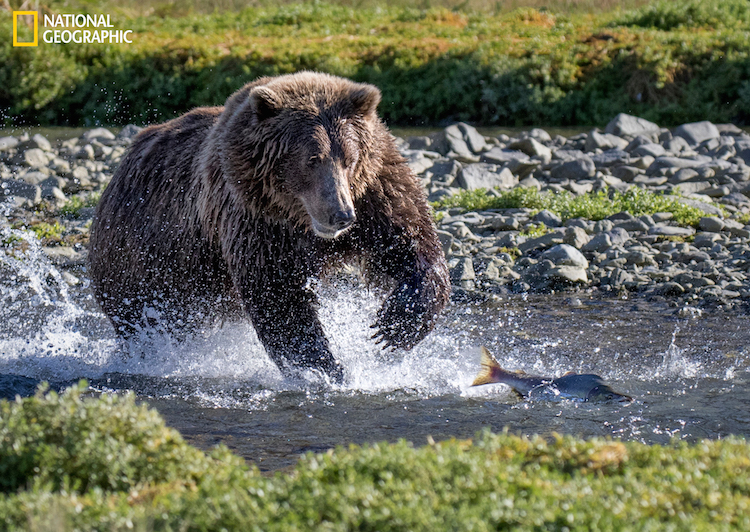

"Still it's too often a Westerner who is telling us about Africa or Asia or Latin America," he says.

One good step would be to invite the diverse contributors to the April issue to become part of the magazine's regular pool of writers and photographers, Mason suggests. So where does the storied publication go from here? Mason says the magazine has been dealing with its history implicitly for the last two or three decades, but what made this project different is that Goldberg wanted to make reckoning explicit - "That National Geographic should not do an issue on race without understanding its own complicity in shaping understandings of race and racial hierarchy." Some of the bare-breasted young women are shot in a way that almost resembles glamour shots." "I think the editors understood this was frankly a selling point to its male readers. "Teenage boys could always rely, in the '50s and '60s, on National Geographic to show them bare-breasted women as long as the women had brown or black skin," Mason says. Then there's the way women of color were often depicted in the magazine: topless. It's bizarre, actually, to consider what the editors, writers, and photographers had to consciously not see." The only black people are doing exotic dances. "That absence is as important as what is in there. "There are no voices of black South Africans," Mason told Goldberg. South African gold miners were "entranced by thundering drums" during "vigorous tribal dances," a 1962 issue reported. "It's the people of color looking at this technology in amusement or bewilderment." The implication was that Western readers would find humor in such fascination with their everyday goods.

"It's not simply that cameras and jeeps and airplanes are present," he says. One trope that he noticed time and again was photographs showing native people apparently fascinated by Westerners' technology. Meanwhile, Mason says, "the black and brown world was primitive and backwards and generally unchanging." And black and brown people were somewhere underneath."įor much of its history, the pages of National Geographic depicted the Western world as dynamic, forward-moving and very rational. "And that hierarchy was very clear: that the West, and especially the English-speaking world, was at the top of the hierarchy. very exotic, very strange, and put difference into a hierarchy," Mason tells NPR. "The photography, like the articles, didn't simply emphasize difference, but made difference. He saw a number of problematic themes emerge. He also pored over photographers' contact sheets, giving him a view of not just the photos that made it into print, but also the decisions that photographers and editors made.
Nat geo archive expert pdf#
The Artisan Inn’s Twine Loft Newspaper and Magazine Articles Explore Magazine Hiking Through Neverland Financial Times Newfoundland Rediscovers It’s Pioneer Spirit Travel + Leisure 12 Best Small Towns in Canada That Deliver Adventure, Charm and Hospitality Lonely Planet: In Cod’s Country Lonely Planet In Cod’s Country PDF o.canada.To assess the magazine's coverage historically, Mason delved into old issues and read a couple of key critical studies.


 0 kommentar(er)
0 kommentar(er)
